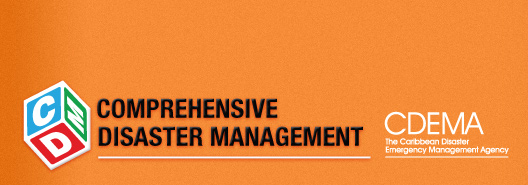
| Climate Change |
|
Definition One of the biggest issues facing the world today is climate change. Climate change refers to a change in long-term weather patterns around the world. Countries can become warmer or colder – annual amounts of rainfall or snowfall can increase or decrease. Climate change is caused directly or indirectly by human activity that has altered the composition of the global atmosphere. The human factor combines with natural climate change, which normally happens over time periods. This causes a rise in the earth’s average temperature because of the increases in greenhouse gases from activities like burning fossil fuels, land clearing and intensive agriculture. The Earth's climate has changed drastically over the last century and there is new and stronger evidence that most of the warming observed in the last 50 years is due to human activities. Climate change is also sometimes called global warming. What are Greenhouse gases? Many greenhouse gases like water vapour, carbon dioxide and methane gas occur naturally. Others are only created by human activities. The naturally occurring greenhouse gases form a layer in the atmosphere that reflects the sun’s rays back down to earth. When there is an increase in the greenhouse gases, too much sunlight is reflected, which causes the increase in heat and the unusual warming effect. The increase in these gases is caused by a number of human activities:
Issues Climate change has already transformed life on Earth. Worldwide, seasons are shifting, temperatures are climbing and sea levels are rising. Just an increase of a few degrees in the earth's temperature can cause droughts and crop failures, ecosystem imbalances, as well as melting ice caps. Some of the most dangerous consequences of climate change are listed:
Although they are the least responsible for climate change, the poorest counties in the world are the most vulnerable to its effects. Developing areas like the Caribbean are more dependent on natural resources (agriculture, tourism) and have less money to spend on adapting to a changing climate. Diseases, declining crop yields and more natural disasters are just a few of the impacts of climate change that could devastate the world's most vulnerable communities. History El Niño El Niño was the name given to the change in temperature over the eastern Pacific Ocean. It’s a natural phenomenon that has occurred for centuries. These rises and falls in temperature are irregular, but generally happen every four to ten years, after Christmas. The name El Niño actually means “the child” in Spanish. Recently however, these fluctuations have been becoming more frequent. In late 1997, the change in the water’s temperatures and the weakening of trade winds was said to have caused floods, monsoons, hurricanes and droughts worldwide. In the Caribbean, El Niño is blamed for droughts, excessive rainfall and more frequent and stronger hurricanes. It was also said to contribute to the bleaching the coral reefs which surround our islands, which lead to more diseases among our marine population. It has been estimated that annual expected losses from wind, storm surge and inland flooding will amount to six percent of the Gross Domestic Product in some countries and that losses could reach as high as nine percent, with wind damage being the single largest contributor. Many Caribbean governments are trying to prepare for the impact of climate change by looking into solutions like cloud seeding to make rain and setting aside large portions of their countries’ budget to pay for disaster mitigation activities. |
|
Looking for:
|











